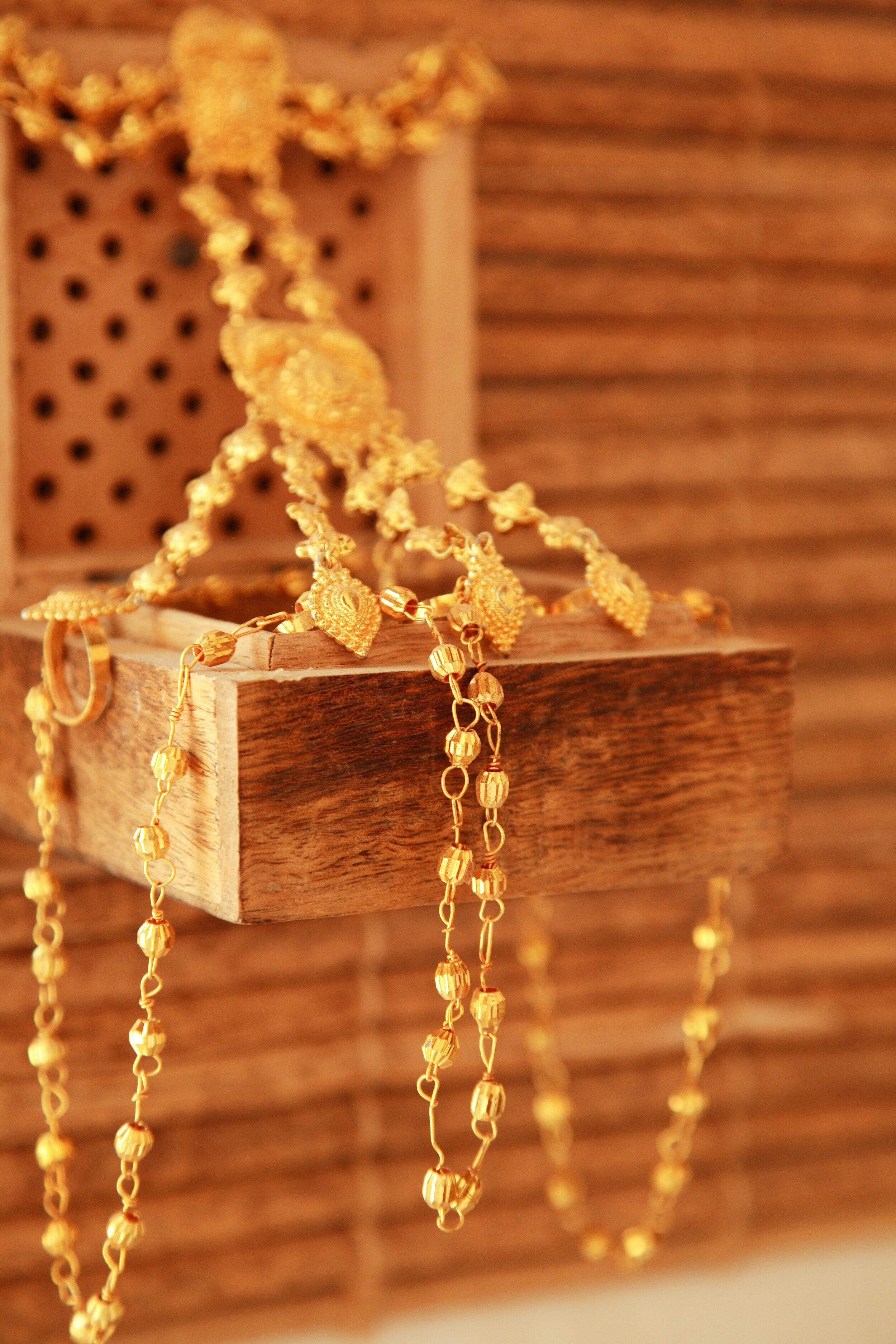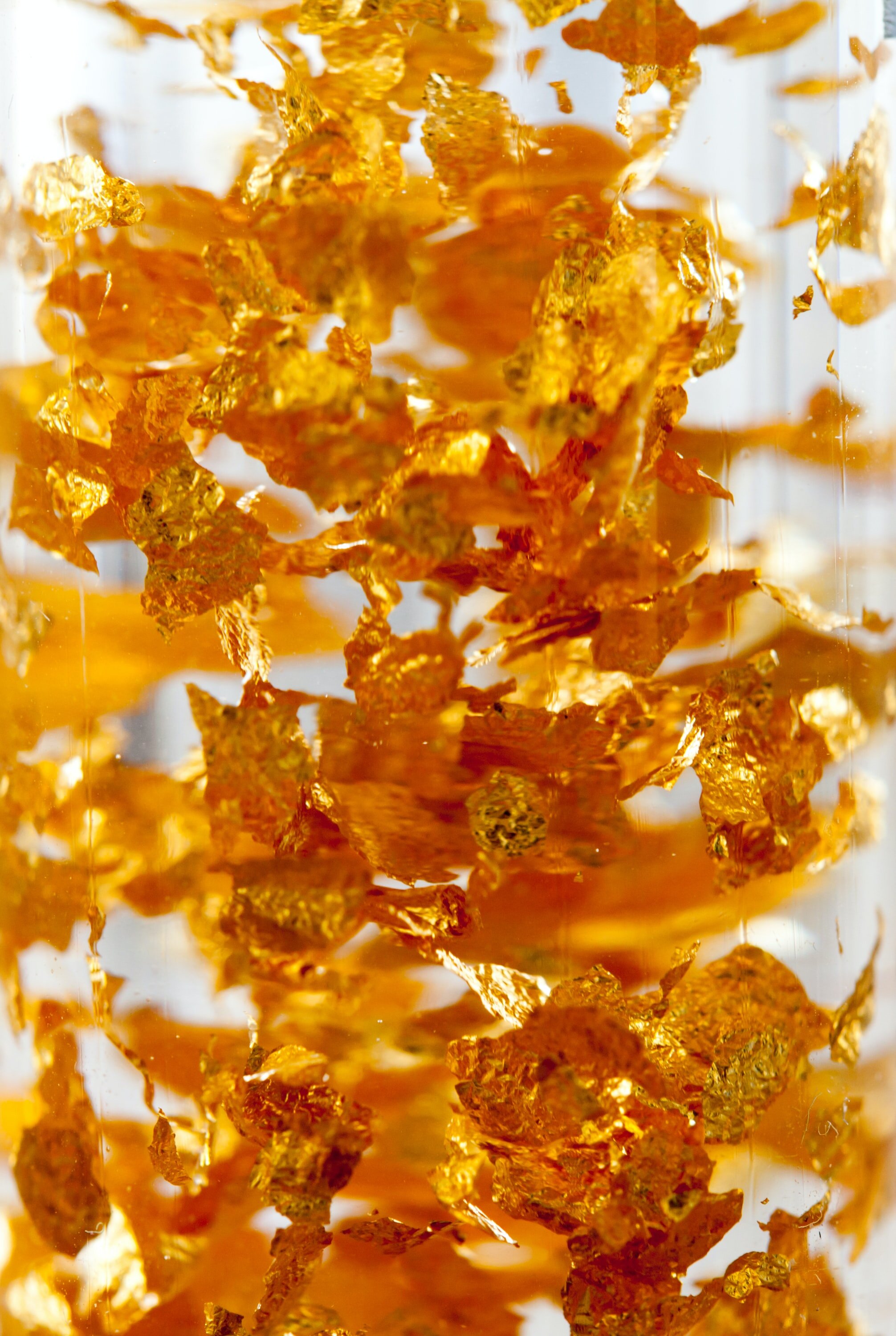Principles of Jewelry: Gold
It comes from the deepest regions of earth, is still used to strengthen weakened teeth, and can be used as a currency. It was probably the first metal used by humans. And if you visit Manila, you can try it in the world’s most expensive sushi.
Gold has drawn attention for millennia for its warmth, richness and distinct shine. It serves economic, medical and industrial purposes around the world. However, it is most commonly found in – you guessed it – jewelry.
There are a few core concepts that are important when working with gold jewelry. Here are the terms and phrases you should know:
Solid gold
Pure gold is typically mixed with alloys to create solid gold with different karat values (see below).
Gold Vermeil
Pronounced ver-may, this process uses electric current (in a process called electroplating) to apply a thin layer of gold to sterling silver. In the US, this gold must be a minimum of 2.5 microns thick; in the EU, it must be 3 microns thick. These regulations are strictly enforced by the FTC in the US and by law in the European Union.
Gold plate
A thin layer of solid gold is applied atop base metal(s) .
Gold filled
A thick sheet of gold (between 15 and 45 microns) is mechanically bonded to a base metal (brass or zinc – never silver) using heat and pressure in a uniquely complicated process that makes traditional casting impossible and severely limits the types of jewelry that can be made in this way. The layer of gold must be at least 1/20th the total weight of the item.
Colored gold
Because gold is malleable in its pure state, other metals are often added to reinforce its strength or to add color. Carefully balanced, the new alloyed gold can be lighter or darker or represent a new shade entirely. Rose gold, for example, is an alloy of copper and gold.
Tarnishing
Pure gold won’t rust, tarnish, or develop an undesirable oxide film on the surface, and most alloys won’t reduce this remarkable property. Indeed, we don’t expect gold to tarnish at all in most circumstances.
Purity (karats)
Because gold is naturally quite malleable, alloys or metals are often added to strengthen and sometimes to color it. Karats are a measure of the ratio of gold to other metals or alloys and are often represented with a “k”.
If you want to know the percent of pure gold in your piece, simply divide the karats by 24. (For example, if your piece is 22k gold, 22/24 = 91.7% gold.)
24k – 100% gold (really 99.9% or above)
22k - 91.6% gold
18k - 75% gold
14k - 58.5% gold
10k - 41.7% gold
Carats v karats
It’s easy to confuse carats and karats in jewelry. The Merriam-Webster Dictionary writes, “A carat is a unit of weight used to measure the size of a gemstone such as a diamond. A karat is a measurement indicating the proportion of gold in an alloy out of 24 parts.” We highly recommend Merriam-Webster’s breakdown of the words - and the strange, fascinating story of the carob seed that inspired the whole thing. You can find the article here.



